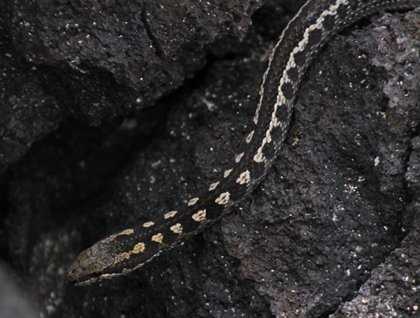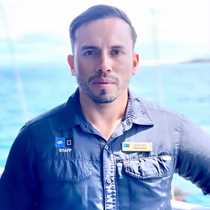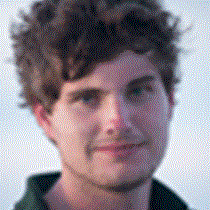After navigating north of the sea horse-shaped island, we encountered the ocean very calm and not very windy, so we went out on the bow of the National Geographic Islander in search of Cetaceans and any marine life that could be spotted form our ship. Early in the morning our vessel sailed along the coast of Isabela where we could see many volcanoes reaching the sky and we even spotted some ocean sun fish, Galapagos fur seals (a species of sea lion) and many pelagic species of sea birds. After breakfast we went out to the bow again to celebrate the crossing of the equator line.
We arrived to Punta Vicente Roca, one of the most fascinating visitor sites of Isabela Island. As soon as we dropped anchor we headed out on a Zodiac ride on search for Galapagos penguins, flightless cormorants, Galapagos fur seals and many shore birds resting and nesting along the titanic cliffs on this island. The bay area was full of pacific green sea turtles, some eating sea jellies and others just resting on the sandy bottom of these calm waters. After we were back onboard we got ready to go out again, but this time was to explore the wonders of the underwater ecosystems in Galapagos; many turtles were seen, sea lions playing with us, flightless cormorants diving and searching for fish in between the rocks, king angel fish, and even penguins were spotted swimming near our guests. What a wonderful morning we had.
During the afternoon, we had a dry landing on the only visitor site on Fernandina island (the youngest of the Galapagos islands). We encountered hundreds of marines iguanas just basking under the sun, digesting the algae they have eaten under the ocean and almost ready to spend the night creating piles of individuals one on top of the others to retain body heat overnight. Our experience on this island was just magical; it was like going back in time to see the Galapagos without any human impact on its ecosystems. This is the most preserved island in the enchanted archipelago, most of the species here are either endemic or native, sustaining their numbers at healthy levels and inhabiting this area created from young lava. As we walked and took pictures, we found a small group of flightless cormorants nesting, some already with chicks. We were even luckier to spot a couple of the small Galapagos snakes hunting for lava lizards.
Another successful day in the Galapagos!









